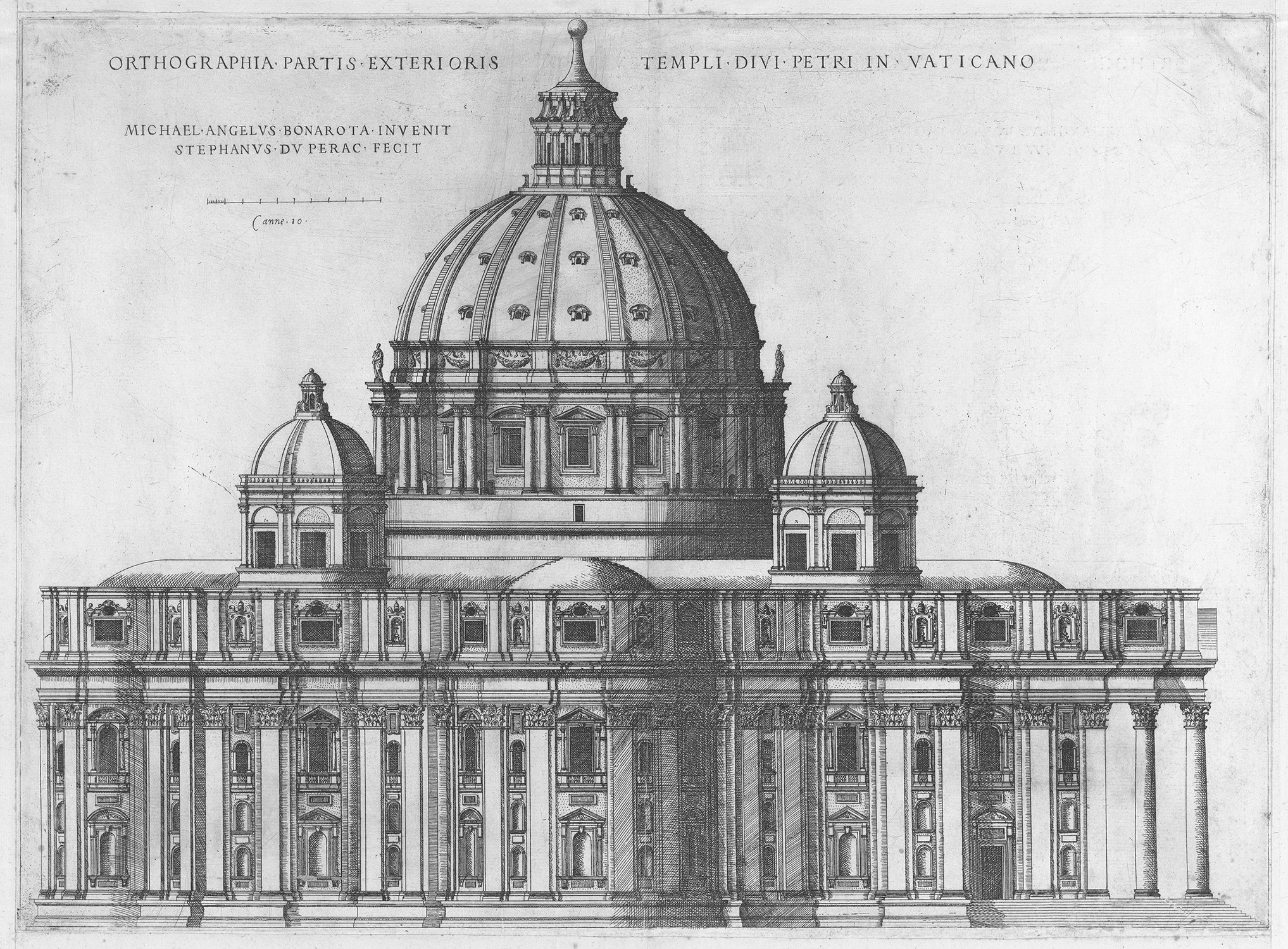Every country tries to find an image that its people can believe in and unite around. Britain recently decided to become an island in its own right instead of a "Continental" country, tied mainly to the European Union. Japan, meanwhile, still seems caught between its manufacturing past and a perceived need to rebrand — with the help of the 2020 Olympics — as a successful knowledge economy.
The Italians experienced such a dilemma many hundreds of years ago, which was one of the factors that led to the Renaissance. One way of looking at the major cultural movement is as an attempt to give Italy — then divided into various small statelets dominated by the German Holy Roman Empire — a confident new image that they could hold up against their "Gothic" master North of the Alps.
A vital part in this major cultural rebranding was played by Michelangelo Buonarroti, the immensely talented artist and sculptor, whose works represent the acme of Renaissance art. He is the subject of the latest exhibition at the Shiodome Museum, "The Genius of Michelangelo — Majestic Renaissance Architecture."



